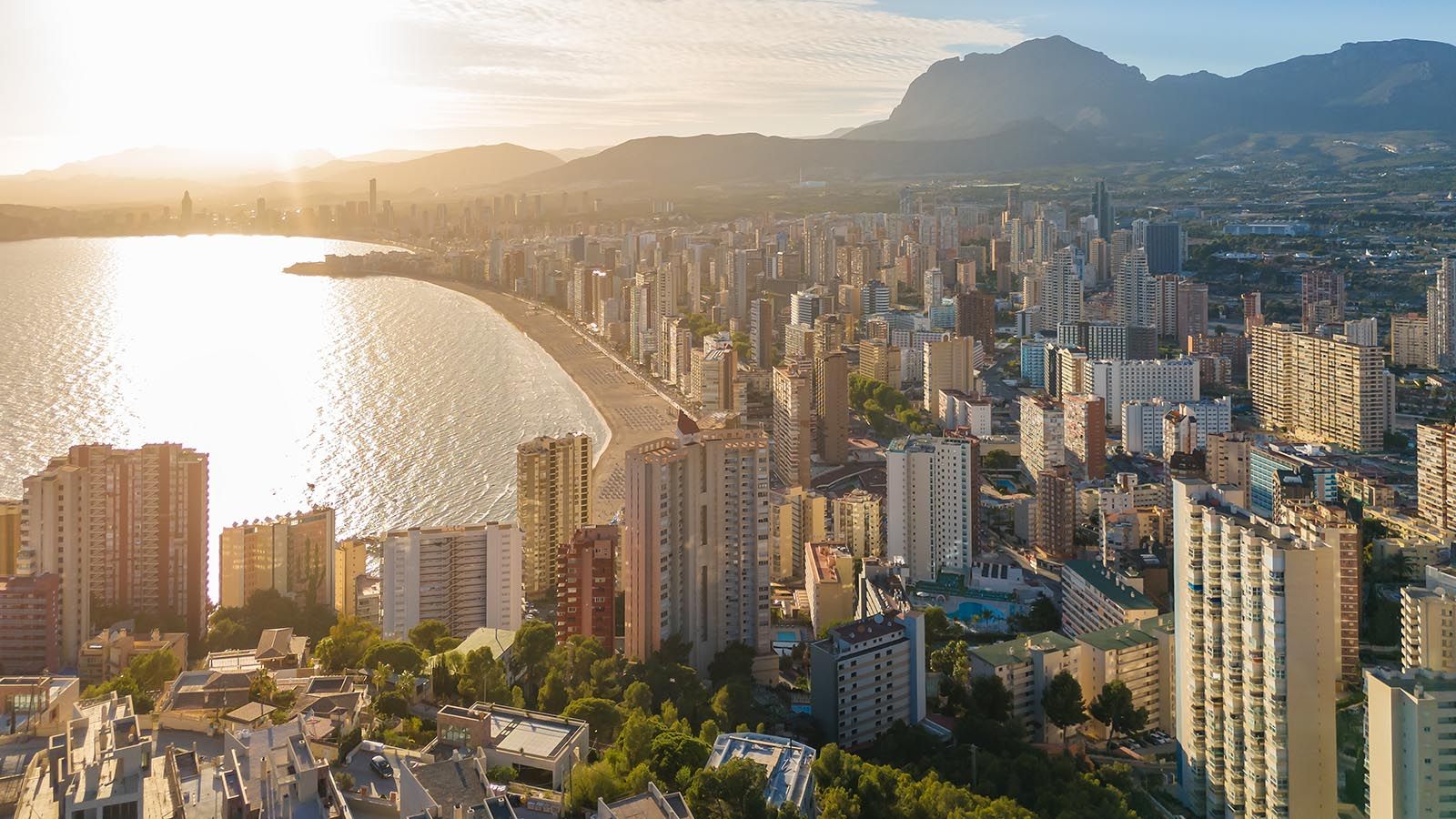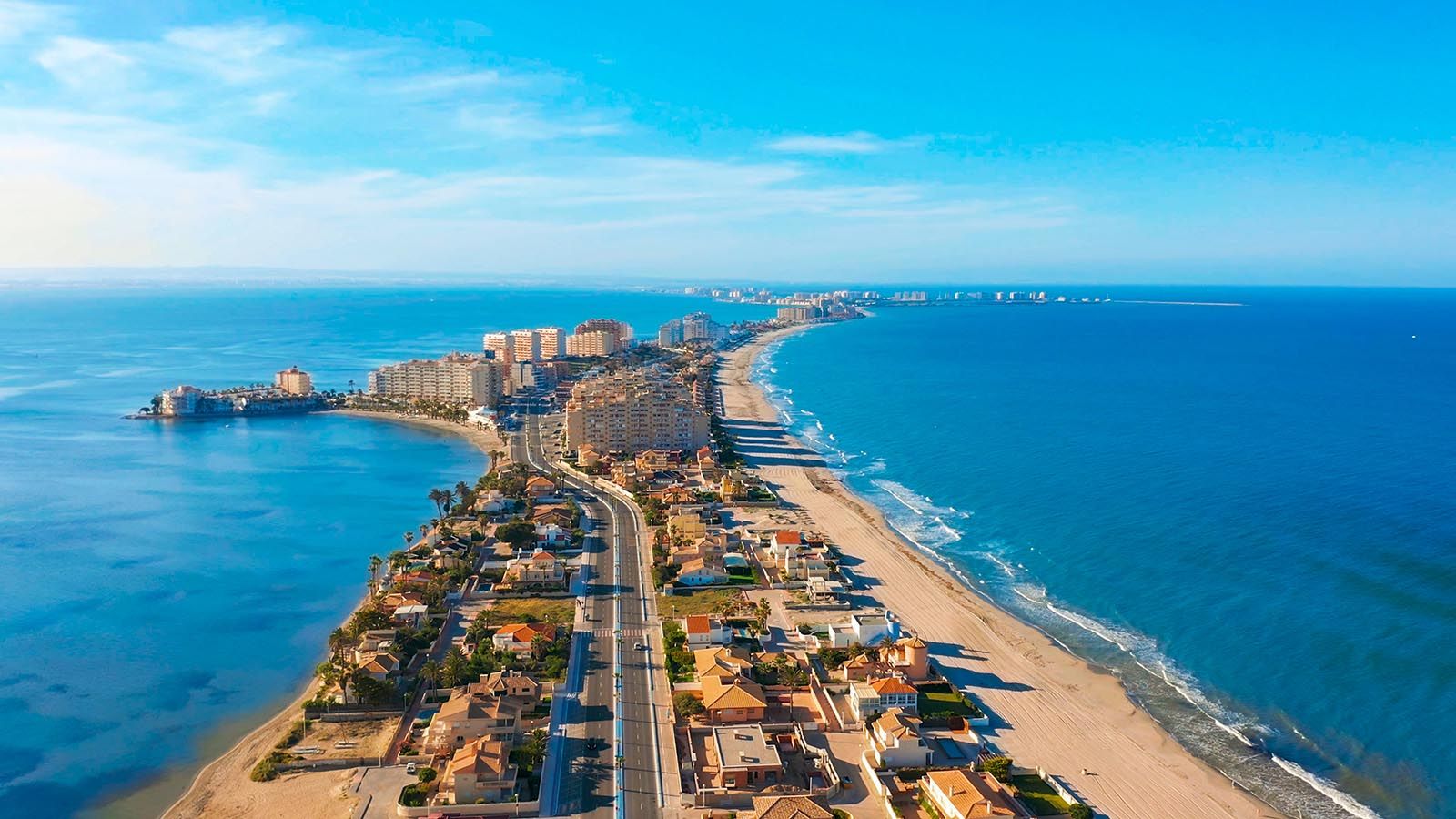Cultural etiquette to know before visiting Spain
Spain is relaxed in many ways – dinner at 10 pm, casual dress, naps in the afternoon – but there’s still an undercurrent of tradition, social structure, and regional pride that first-time visitors often miss. Knowing how to act, greet, and eat will earn you smoother service, friendlier interactions, and fewer raised eyebrows. These Spain travel tips will help you blend in, not blunder through.
Dress: casual, but put together
You don’t need to dress up to go to the supermarket, but looking sloppy won’t get you far either. Spaniards care about appearance – clean, well-fitted clothes go a long way. Beachwear belongs on the beach, and gym gear is for the gym, not lunch in a plaza.
In churches and rural areas, cover your shoulders and skip short shorts. Big cities are more flexible, but it’s still worth erring on the side of neat.
Even in laid-back regions like Andalucía or the Canary Islands, people take pride in how they look – think casual, not careless.
Greetings and social norms: warm, not invasive
Spaniards are friendly, expressive, and physical. A quick handshake works for formal settings, but among friends or acquaintances, two cheek kisses (right first) are standard – even if it’s your first time meeting.
In shops, restaurants, and local bars, always greet staff with a quick “Hola” or “Buenos días”. Walking in without acknowledging anyone is seen as rude.
In more formal situations, use Señor or Señora with surnames, especially with older people. Respect for age and title still matters.
Public behavior: lively, but with limits
Spain is loud – but it’s a social loud, not an obnoxious one. People talk with their hands, stay out late, and fill plazas with conversation. But even here, there are limits. Being drunk, shouting, or disruptive on public transport or in quiet neighborhoods will get you the wrong kind of attention.
Queues are respected (even if they look chaotic), and personal space shrinks dramatically once you’re at a bar or festival. Go with the flow, but don’t assume rowdy equals rude – it usually doesn’t.
Public affection is common – kissing, hand-holding, even dancing in the street. Just keep it PG in rural areas.
Eating customs: slow, social, and sacred
Meals in Spain are long, late, and social. Lunch is the big one – often a two-hour affair with multiple courses. Dinner rarely starts before 9 pm, especially in cities. Showing up early can make you look like you’re lost.
Say “Buen provecho” before eating. Wait until everyone’s served before diving in. In someone’s home, it’s polite to finish everything on your plate – and don’t skip the offer of a second glass of wine.
Use cutlery even for casual meals, unless you’re at a tapas bar and everyone’s standing.
If invited over, bring wine, dessert, or something thoughtful from your home country.
Religion and regional identity
Spain is officially secular, but Catholicism still runs deep, especially during festivals like Semana Santa or local saints’ days. Churches are active places of worship. Dress modestly inside, lower your voice, and check before taking photos.
Regional pride is strong. In Catalonia, the Basque Country, and Galicia, expect signs in the local language. It’s not just for show – it’s part of identity. Being respectful of local culture and not making jokes about independence movements will earn you respect.
Shrines, roadside chapels, and religious statues are common – treat them with quiet respect.
Tipping and everyday manners
Tipping in Spain is low-key. It’s not expected everywhere, but appreciated when service is good.
- Round up or leave 5-10% in restaurants, especially for table service.
- In bars, just leave the small coins.
- Taxis don’t require tips, but rounding up is common.
- Hotel porters, cleaners, and guides appreciate small cash tips for helpful service.















